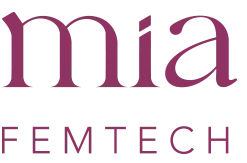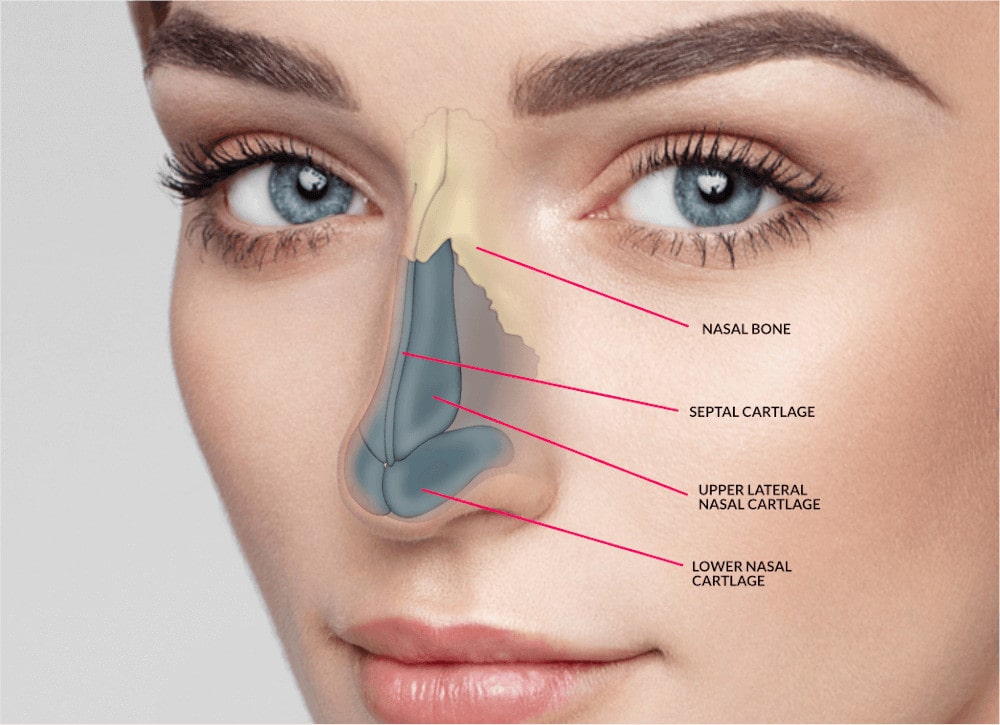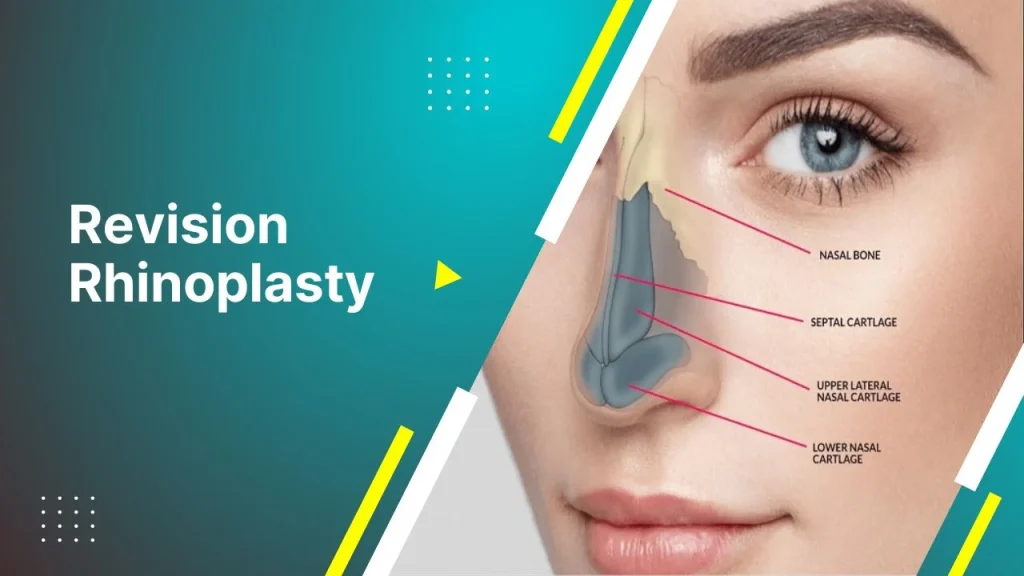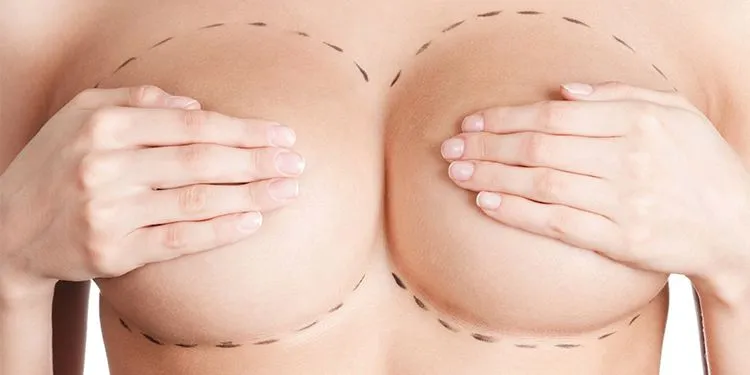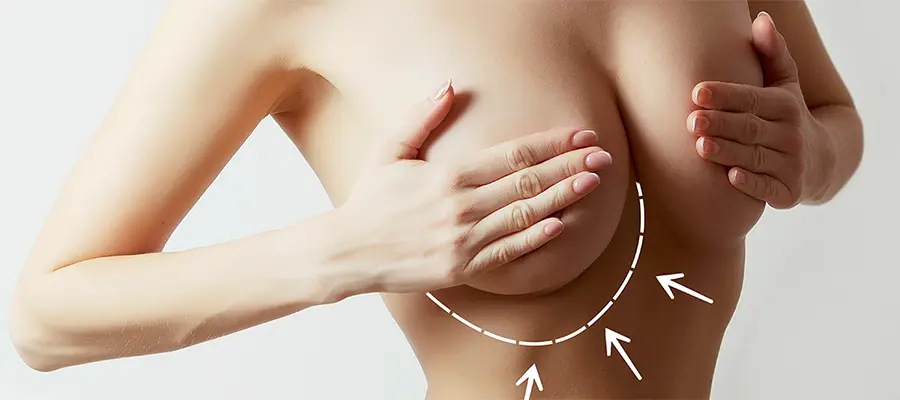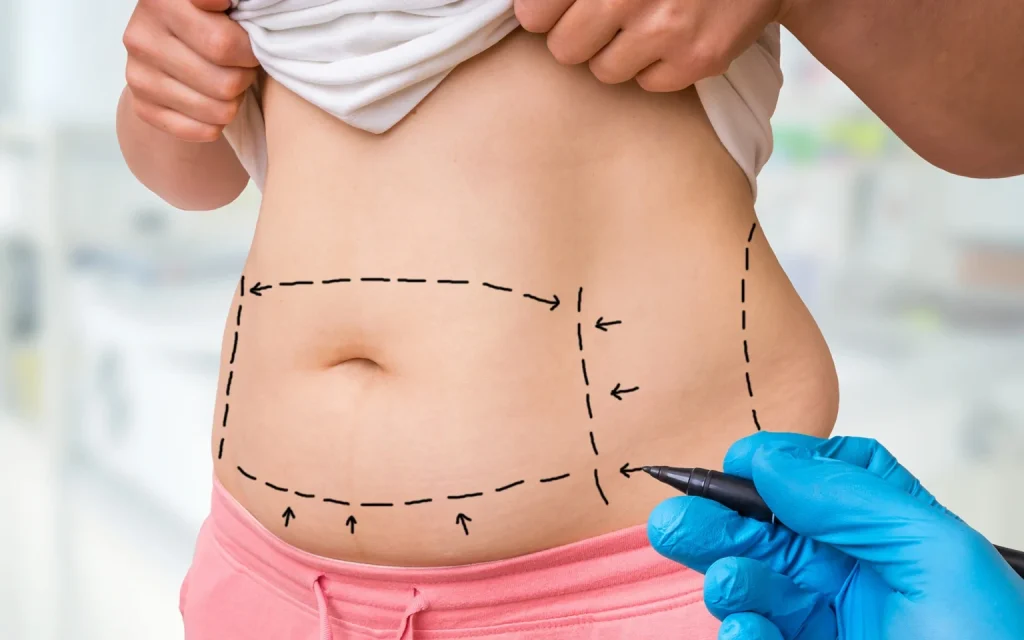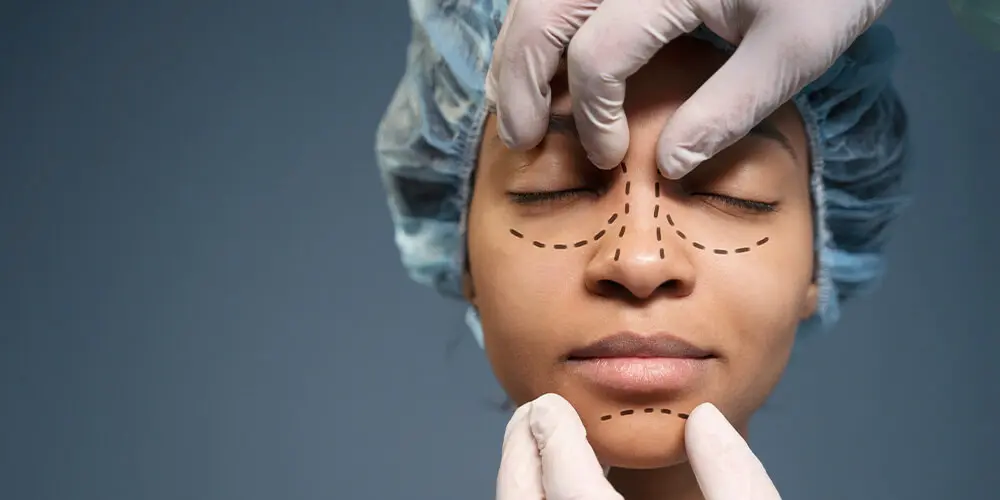Revision rhinoplasty (also called secondary rhinoplasty) is a corrective nose surgery performed after a previous rhinoplasty. While many primary nose surgeries heal well, some patients experience functional or aesthetic issues over time. These can include persistent breathing problems, asymmetry, collapse of nasal structures, irregularities on the bridge, tip deformities, or dissatisfaction with the overall shape. Revision rhinoplasty focuses on restoring both nasal function and natural appearance, often requiring advanced surgical planning due to scar tissue and reduced cartilage support from the first operation.
Why do some rhinoplasty results need correction?
A nose surgery can require revision for multiple reasons. Sometimes the initial procedure may have removed too much cartilage, leading to weakness and structural collapse. In other cases, healing may be unpredictable and cause shifting, scar tissue thickening, or visible contour problems. Patients may also have had their surgery years ago using older techniques that did not adequately preserve nasal support. Functional issues are common as well – breathing difficulty can develop if the internal nasal valves weaken or if the septum remains deviated.
Common problems after a previous nose surgery
- Breathing difficulty or persistent nasal obstruction
- Drooping, pinched, or overly rotated nasal tip
- Bridge irregularities, dents, or asymmetry
- Collapse of the nasal sidewalls (valve collapse)
- Over-reduced nose (scooped appearance)
- Visible scar tissue, thickness, or uneven contours
- Dissatisfaction with the overall harmony of the nose and face
How revision rhinoplasty corrects these issues
Revision rhinoplasty is often more complex than a first-time procedure because the anatomy has already been altered. Scar tissue may limit mobility, and cartilage support may be reduced. For this reason, surgeons frequently use cartilage grafts to rebuild structure and provide long-term stability. These grafts may be taken from the septum (if available), the ear, or in more complex cases, the rib. The goal is not only to create a pleasing shape, but also to ensure the nose remains strong, natural-looking, and functional over time.
When is the right time for revision surgery?
In most cases, revision rhinoplasty should be considered only after the nose has fully healed from the first surgery. That usually means waiting at least 12 months, because swelling and scar tissue continue to evolve during the first year. Operating too early can increase unpredictability and compromise results. However, in rare situations – such as severe breathing problems or significant structural collapse – earlier evaluation may be appropriate.
What to expect during recovery
Recovery after revision rhinoplasty may involve more swelling than a primary procedure, particularly at the nasal tip. While many patients return to daily routines within 7-10 days, refinement can take time. Visible improvement is often noticeable within the first few weeks, but the final result may continue to settle over 6-12 months, depending on skin thickness, scar tissue, and grafting needs. Following post-operative instructions carefully and attending follow-up visits are essential for optimal healing.
Am I a good candidate for revision rhinoplasty?
You may be a suitable candidate if you:
- Have breathing issues or aesthetic concerns after prior rhinoplasty
- Are at least 12 months post-op (in most cases)
- Are in good general health and have realistic expectations
- Prefer a natural, balanced look rather than an over-operated appearance
Final thoughts
Revision rhinoplasty is a specialized procedure designed to correct the results of previous nose surgeries, improving both appearance and breathing function. Because each revision case is unique, the most successful outcomes come from careful planning, structural rebuilding, and a natural, face-harmonizing surgical philosophy. If you are unhappy with a previous rhinoplasty result, a professional assessment can clarify what is achievable and what techniques may be required to reach your goals.

